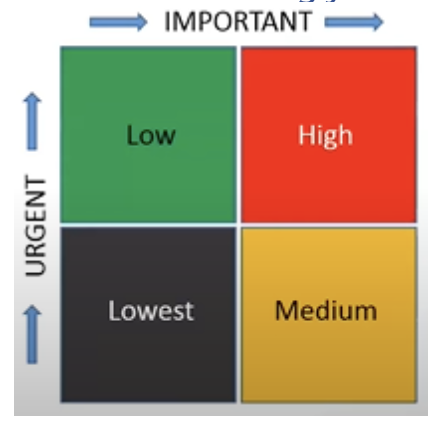Workload Pressure: Its Management for Success
3 Tips for Effectively Managing Workload Pressure
Customer Success Managers have a heavy workload.
Being responsible for the overall post-sales journey towards the customer’s outcome success, it is common to find Customer Success Managers buried in work and often running out of time in which to complete all required tasks and activities. To ensure maximum value realization, Customer Success Managers monitor their clients’ progress and any difficulties they face. They need to build tight working relationships with the customers’ stakeholders and much more, while all the time ensuring that both customers and their own organization is benefiting from their efforts. It’s not surprising that most Customer Success professionals are pressured by the amount of work they need to perform, especially when this is often exacerbated by a lack of resources and support.
What should Customer Success Managers do?
With the above in mind, what should CSMs do to try to overcome these challenges and complete their tasks on time and to the necessary standard (or higher)?
1. Make a list of tasks
As Customer Success Managers are responsible for so much work, it is very easy for them, to forget some tasks as CSMs are also people with the same limitations and failings as everyone else. However, that can’t justify the failure of a project or a delay in value attainment. To prevent mistakes from happening and forgetting essential tasks, consider having a list of tasks to keep everything in check and help you remember everything with minimal effort.
2. Prioritize accordingly
Not all tasks are equal. Some may require more time to prepare, while others might take just a few moments to get it going. Additionally some tasks may be more important and/or have neaerer deadlines for completion than others. To ensure that everything necessary is completed within the necessary timescales, it is crucial to prioritize your tasks according to their urgency (time-sensitivity) and importance (value to the customer and/or to our own company). One of the best ways to prioritize tasks is through The Decision Matrix. To use it, you must:
- Divide a box into four quadrants:
- Urgent and important
- Not urgent, but important
- Urgent but not important
- Not urgent and not important
- Assign tasks according to their urgency and importance
Please refer to the image here for an example of the decision matrix. The functions with high importance and high urgency take priority (red box), followed by the ones that have high importance but low urgency (yellow box). It is important to understand that urgency or time sensitivity should not be the largest deciding factor as to whether a strategy or task must be finished first; instead, use the importance of the task as your primary priority guide, and treat the urgency level only as a secondary factor. Once all essential tasks are completed, you can begin working on the urgent ones that have less importance (green box). Learn more about using The Decision Matrix and effectively managing your time.

3. Take proactive control of your time.
Some Customer Success Managers have little to no control over their time. Why? Because they constantly offer themselves to the customers, to the extent that it is the customers who end up controlling their time and dictating what get done (and perhaps therefore what does not get done) rther than the CSMs themselves. On the bright side, it is an excellent strategy to build rapport with the client, and we wantour clients to know that the CSM is always there to help them with their concerns. However, rather than being continually reactive to our customers’ needs, the CSM should try to be as proactive as possible with their time management.
This means taking control of your own schedule and pre-determining within your day, week, month or even your upcoming quarter what needs to be donem and then scheduling your time accordingly in advance. Do not go over the top and pre-schedule all of your time, as this will leave no time left for the reactive stuff that will inevitably come your way. A good idea is to deliberately monitor the amounts of time you spend in proactive and in reactive activities over the course of a numbe rof weeks, and then use this as the basis for deterkining how much of your time to schedule ahead of time for proactive tasks of your own choosing, versus ho much time you leave in unscheduled in your diary so that is available for reactive tasks that will be requsted of you in real time as the needs of your customers dictate.
Summary
Customer Success Managers are already burdened with much work. Learning how and when to say “no” would be beneficial as you can focus on tasks that may significantly affect Customer Success. With the right strategy, Customer Success Managers can still be productive without the additional stress from the workload and time limitations. Most importantly, take time to breathe, relax, and remain healthy. Keep in mind that you can only offer your best when you are in perfect condition, mentally and physically.
If you wish to learn more about prioritization and risk assessment, you can check out Planning for Production Adoption.
Learn more on how to excel in the role of a Customer Success Manager.






Leave A Comment
You must be logged in to post a comment.